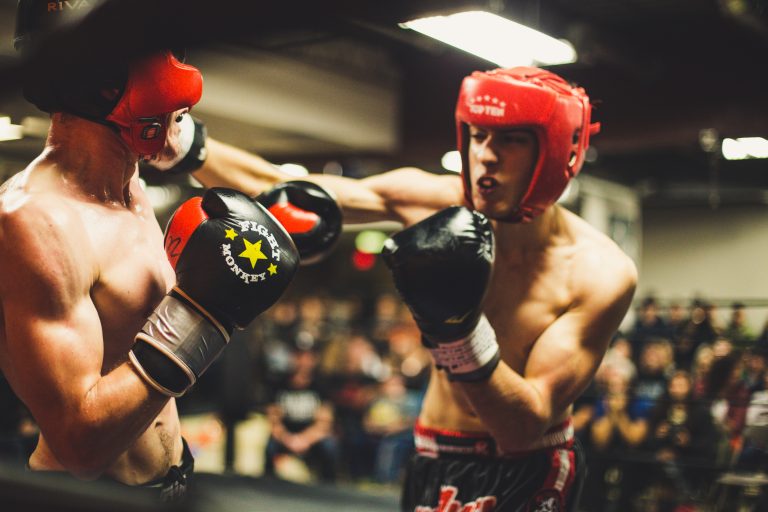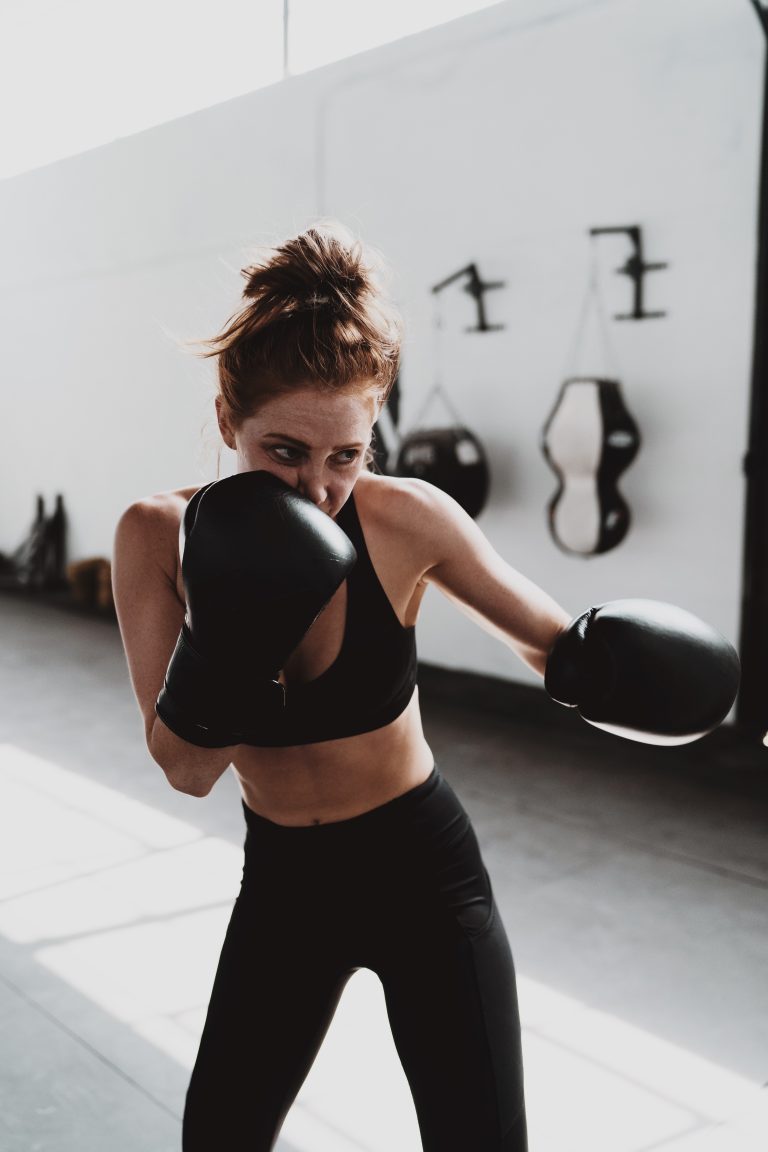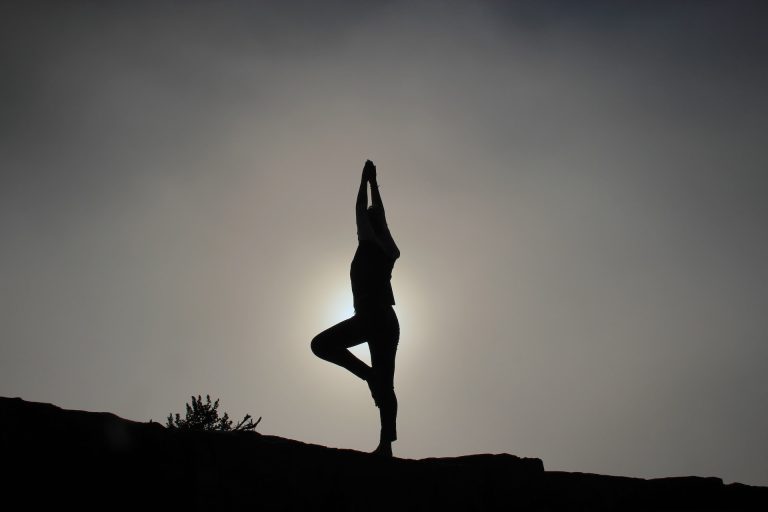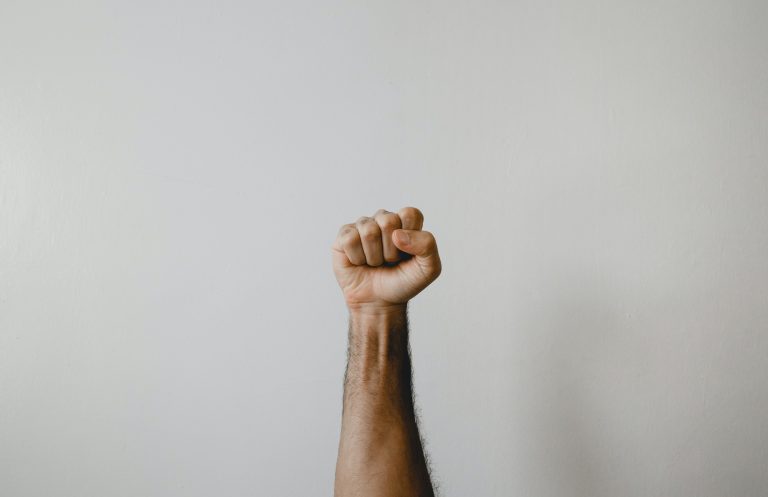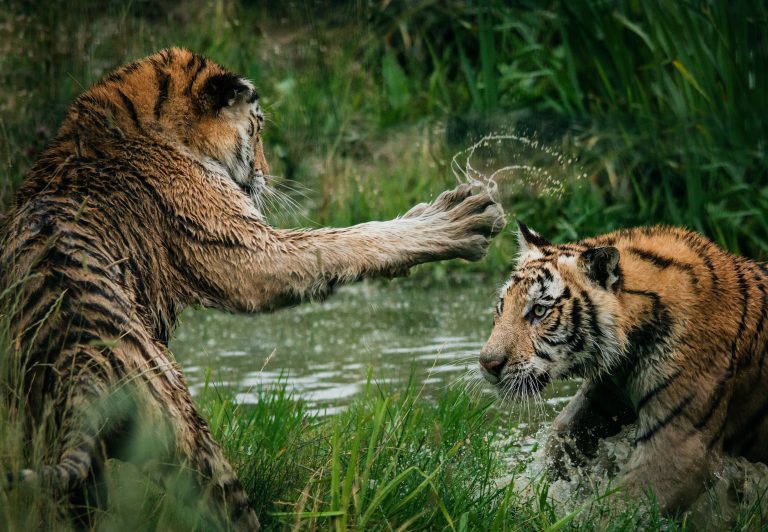How Do You Spell Karate in Japanese
Karate is a popular martial art that originated in Okinawa, Japan in the early 20th century. It is practiced by millions of people all around the world and is known for its powerful strikes and fluid movements. As a beginner in karate, one of the first things you would want to know is how to spell karate in Japanese. In this blog post, we will explore the correct way to spell karate in Japanese and some interesting facts about the martial art.
The Correct Way to Spell Karate in Japanese
The word „karate“ is written in Japanese kanji as 空手, which literally translates to „empty hand.“ The first kanji character 空 (kara) means „empty,“ while the second character 手 (te) means „hand.“ This term was chosen to represent the character of the art where the hands and feet are used as weapons without any weapons.
Apart from kanji, karate can also be spelled in Hiragana or Katakana, which are two syllabic scripts in Japanese. In Hiragana, Karate is spelled as からて, and in Katakana, it is spelled as カラテ.
The History of Karate in Japan
Karate originated in Okinawa, Japan in the early 20th century. Its development is attributed to the efforts of Okinawan master Gichin Funakoshi who introduced the martial art to Japan in 1921. Karate then spread to other countries like the United States, where it became popular in the 1960s and 70s.
Today, karate is practiced as a sport and for self-defense by people of all ages around the world. Its popularity has led to its inclusion in prestigious sporting events like the Olympics.
Karate and its Various Styles
Karate has many different styles, each with its unique characteristics and techniques. Some of the popular styles include Shotokan, Goju-ryu, Shito-ryu, and Wado-ryu. Each style has its unique set of techniques and principles, and the varying styles reflect the varied interpretations of the art over the years.
Shotokan is one of the most popular karate styles and was developed by Gichin Funakoshi. Its focus is on powerful strikes and kicks, practiced through rigorous training.
Goju-ryu, on the other hand, focuses more on breathing techniques and circular movements, with an emphasis on attacking and defending simultaneously.
Shito-ryu combines the moves of both Shotokan and Goju-ryu and emphasizes fluid motions and quick, powerful strikes.
Wado-ryu is another style of karate that combines the techniques of karate and jujutsu, a Japanese martial art that is focused on grappling and striking techniques.
The Benefits of Karate Training
Learning karate offers numerous benefits, including physical and mental well-being. Here are some of the benefits of karate training:
- Increase fitness and agility
- Improve cardiovascular health
- Develop confidence and self-esteem
- Improve focus and concentration
- Enhance self-defense and combat skills
- Relieve stress and anxiety
- Cultivate a sense of discipline and self-control
Frequently Asked Questions: How Do You Spell Karate in Japanese?
Karate is a martial art that originated in Okinawa, Japan. It has become popular all over the world, and many people are interested in learning more about its origins and unique characteristics. One of the most common questions asked by those new to karate is how to spell it in Japanese. In this article, we’ll answer this question and more, providing you with a comprehensive understanding of the term karate.
What Does the Term Karate Mean?
Before getting into the spelling of karate in Japanese, it’s important to understand what the term means. Karate translates to „empty hand“ in English, which reflects the martial art’s focus on unarmed combat. Karate is considered a „striking“ martial art, as it emphasizes punches, kicks, and other strikes to take down opponents. Karate was developed on the island of Okinawa during the Ryukyu Kingdom era (15th-19th century) when it was banned to possess weapons like sword and staff.
What is the Correct Spelling of Karate in Japanese?
The correct and most widely accepted spelling of karate in Japanese is 空手. This spelling uses two kanji characters, which are the Chinese characters that are used in Japanese writing. The first character, 空, means „empty,“ while the second character, 手, means „hand.“ Together, these characters represent the essential meaning of the term karate and reflect the martial art’s focus on unarmed combat.
Why Do Some People Spell Karate in Japanese Differently?
While the spelling discussed above is the most widely accepted, some people spell karate in Japanese differently. This can be due to several reasons, including:
- Different Romanizations: When translating Japanese characters into Roman letters, there are different ways to represent the same sounds. For example, the characters in karate could be romanized as „karate,“ „karaté,“ or „karati“ depending on the system being used.
- Local Dialects: Japanese has many different dialects and variations of the language, which can lead to differences in spelling or pronunciation. Some dialects may spell karate differently, using different kanji characters or a different combination of characters.
- Personal Preferences: There may be individuals who prefer to spell karate differently or who use a different spelling for their own personal reasons, such as honoring a particular teacher or style.
What are the Different Styles of Karate?
Karate has evolved into several different styles over time, each with its own unique characteristics and teaching methods. Some of the most popular styles of karate include:
- Shotokan: This is one of the most traditional styles of karate, and it emphasizes strong, linear movements and powerful strikes.
- Goju-ryu: This style blends hard and soft techniques, emphasizing close-range combat and circular movements.
- Shito-ryu: Shito-ryu combines elements of both Shotokan and Goju-ryu, emphasizing fluid motions and a variety of techniques.
How Do You Spell Karate in Japanese?
If you are interested in martial arts or have the desire to learn Japanese, you may be wondering how to spell karate in Japanese. In this article, we will guide you through the process of spelling karate in the correct way and provide you with some interesting facts about the Japanese language.
Step-by-Step Guide to Spell Karate in Japanese
Before we begin, it’s important to know that Japanese uses three writing systems: hiragana, katakana, and kanji. Each of these systems has its unique characteristics, and they can be combined to express different meanings.
To spell karate in Japanese, you will need to use the katakana writing system. Here are the step-by-step instructions to help you spell karate in Japanese correctly:
Step 1: Start with the katakana character for the sound “ka”
The first character in the word karate is “ka.” In katakana, it is written as カ. This character is a simple line with a small stroke at the top.
Step 2: Add the katakana character for the sound “ra”
The second character in the word karate is “ra.” In katakana, it is written as ラ. This character is a small curve with a horizontal line underneath it.
Step 3: Add the katakana character for the sound “te”
The last character in the word karate is “te.” In katakana, it is written as テ. This character is a straight line with a small stroke at the top.
Step 4: Put the characters together
Now that you have spelled out each sound in the word karate in katakana, you need to put the characters together. When you combine them, the word karate in Japanese becomes カラテ.
Interesting Facts About Japanese Language
Now that you know how to spell karate in Japanese, let’s explore some interesting facts about the Japanese language.
Fact 1: Longest Word in Japanese
The longest word in Japanese is “toragahyakushuippai” which means “a tiger tries 100 attempts but fails”. It has 21 letters and has 13 syllables.
Fact 2: Japanese Writing System
As mentioned before, Japanese uses three writing systems: hiragana, katakana, and kanji. Hiragana and katakana are syllabic writing systems, while kanji is the ideographic writing system adopted from the Chinese.
Fact 3: Japanese Word Order
In Japanese, the basic word order is subject-object-verb where the subject comes first, followed by the object, and then the verb.
Fact 4: Japanese Honorific Language
Japanese has two types of honorific language: keigo and sonkeigo. Keigo is used to show respect for someone who is of higher social status, while sonkeigo is used to show respect for those who have achieved something great.
Fact 5: Japanese Pronunciation
Japanese has a relatively simple pronunciation system as each sound is pronounced distinctly. It has only 5 vowel sounds, and each vowel sound is pronounced the same way.
Conclusion
In conclusion, to spell karate in Japanese, you need to use the katakana writing system. Although Japanese can seem complicated, it has some intriguing facts that make learning it fun and amazing. By following the step-by-step guide, you can now spell karate in katakana correctly.
Inhaltsverzeichnis

